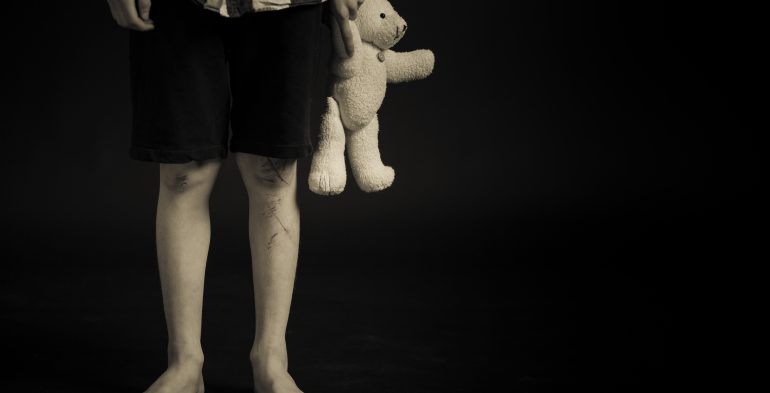
Does your child get up in the night and sleepwalk with a completely expressionless face? Do they speak incomprehensibly, or say nothing and remember nothing in the morning?
These are symptoms of “somnambulism” that appear when a child is four years old and disappear naturally later.
You see them walking around the house, eyes open but lacking focus. What do you do?
- Know that sleepwalking reflects the alertness of the body separate from the mind and occurs in a state of deep sleep, for males more often than females. It is not usually seen in shy or worried children.
- Never speak to your child because that may make them confused and aggressive; instead, calmly help them back to bed and don’t speak about it in the morning.
- Sleepwalking usually occurs once a night but may repeat itself; for this reason, you must take measures that don’t require you to stay awake worrying for their safety.
- Check the locks on doors and windows, especially those overlooking the porch. Block off the hallways to the stairs with detachable barriers to keep your child from reaching them in a sleepwalking state.
- Don’t forget to lock the front door, and hide the key in a place they don’t know and won’t predict.
- If the somnambulism repeats itself in a single night and is accompanied by snoring during sleep and extra movement during the day, it is best to consult specialists to ensure that your child does not suffer from sleep disturbances or specific psychological or neurological conditions.
- It’s alright to inquire after your child’s situation at school in search of reasons for the worry or nervousness that your child’s bodily alertness is reflecting at night.
- Know that 6–11% of children suffer from somnambulism. Still, its repetition in a single night and continuation for more than a few minutes calls for immediate medical review.









